The Last Guardian
Fumito's secret.
The two PlayStation 2 classics made by the small Sony team led by Fumito Ueda, Ico and Shadow of the Colossus, have a powerful air of mystery about them. Their hazy, bleached visuals, sorrowful air and vague stories make them seem like half-remembered children's books – the kind that had some secret, solemn, adult meaning that was always just beyond your understanding, but that affected you powerfully anyway.
This enigmatic mantle was passed immediately and automatically to The Last Guardian, the team's third game and first for PlayStation 3. Although it's already five years into development, we've been granted only brief glimpses – basically one trailer at E3 2009 and another at last year's Tokyo Game Show – of a game that appears to be about a small boy and a giant animal, part cat, part dog, part bird. Fans have combed over these beautiful clips in a speculative frenzy, loading every frame with significance, multiplying their questions.
So when an invitation arrives to visit Team Ico's Tokyo studio, talk to Ueda and see a live demo of The Last Guardian, we snap it up. It's impossible not to come looking for answers about the true nature of the game and the elusive creative spark that drives this studio, and mystifies and enraptures its fans.
You're not going to find those answers in the studio itself. It's an unassuming floor of bland, brightly-lit office cubicles, high up in a Sony tower block, left half-empty by the small (50-odd) team of craftsmen under Ueda's leadership.
I don't find the works of Goya, Ted Hughes or Hayao Miyazaki lying around. I do see copies of Halo: Reach, StarCraft (the Brood War expansion) and a complete set of Kiefer Sutherland's TV potboiler 24 on DVD, but these seem disappointingly pedestrian, and more to the point, completely irrelevant.
Ueda has no secluded office that you can peer into to divine his soul. Turns out he just works there, like everybody else. There's a very nice view of the Imperial park. That's all.
I don't really expect to get the answers I'm looking for from Ueda himself, either. The game designer and director is a notoriously unwilling and evasive interviewee, although pleasant and polite. With his long hair, neat button-down shirt and boyish features, he looks an awful lot younger than his 40 years. Still, he seems in fairly relaxed and receptive mood, so I probe gently. What does The Last Guardian have in common with his previous games?
"In the very first game there was the interaction between the player's character and the AI character, the girl," he says. "In the second game, it was the action of climbing on these giant monsters. In the third game, there's a bit of each of those in there. You've got an AI character this time, but this time it's kind of a really giant AI character rather than the small helpless character of the first game."
And in this simple answer, The Last Guardian's secret is laid bare. It is, quite simply, Ico and Shadow of the Colossus rolled into one.
That much is also revealed by the 15-minute gameplay demonstration, a "vertical slice" of puzzle-solving, platforming, light stealth and creature-wrangling. As in Ico, the boy must use his vigorous, ungainly child's agility to scramble through rooms in a labyrinthine, Gormenghast-style ruin. He must also face sinister enemies and guide his companion to follow him.


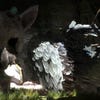
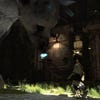


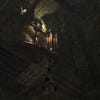
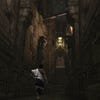
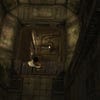
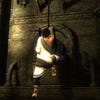





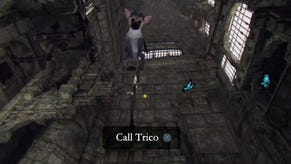

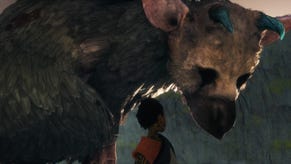

.png?width=291&height=164&fit=crop&quality=80&format=jpg&auto=webp)




.jpg?width=291&height=164&fit=crop&quality=80&format=jpg&auto=webp)
